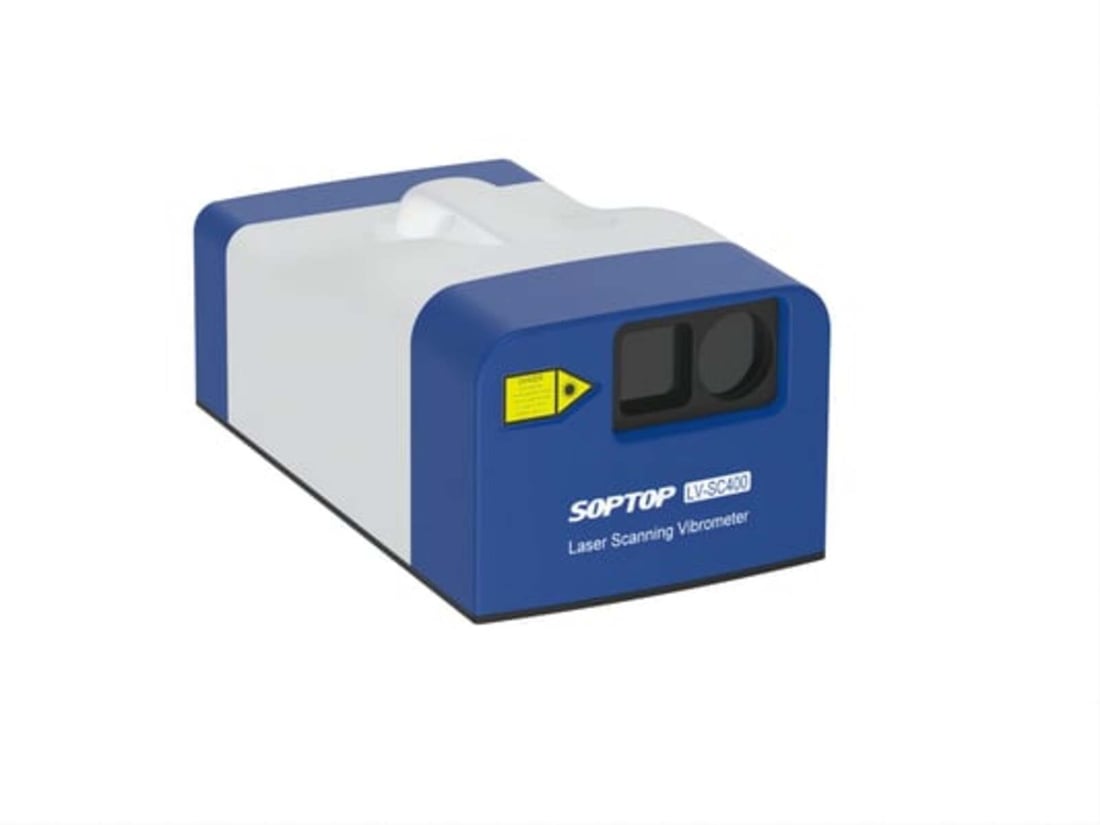A scanning vibrometer is an innovative tool used in various industries to measure vibration and structural dynamics with high precision. This technology allows researchers and engineers to analyze the behavior of structures and materials, providing valuable insights for product development and quality control.
How Does a Scanning Vibrometer Work?
A scanning vibrometer emits a laser beam onto the surface of an object and detects the vibrations by analyzing the Doppler shift. By scanning the laser beam across the surface, the device can create a detailed vibration map, allowing users to visualize and quantify the vibration patterns of the object.
Applications of Scanning Vibrometers
Scanning vibrometers are commonly used in aeronautics, automotive, and civil engineering industries to study the vibrational characteristics of components such as turbine blades, engine parts, and bridges. This technology plays a crucial role in optimizing the design and performance of various products and structures.
Benefits of Using Scanning Vibrometers
The use of scanning vibrometers offers numerous benefits, including non-contact measurements, high spatial resolution, and the ability to capture vibration data in real-time. This technology helps engineers identify potential issues early in the design process, leading to more efficient and reliable products.
Types of Scanning Vibrometers
There are different types of scanning vibrometers available, including laser Doppler vibrometers, Polytec vibrometers, and PSV-500 systems. Each type has its unique features and capabilities, catering to specific applications and research requirements.
Challenges in Using Scanning Vibrometers
While scanning vibrometers are powerful tools for analyzing vibrations, they also come with certain limitations. Factors such as ambient noise, surface conditions, and complex geometries can affect the accuracy of measurements, requiring users to carefully plan and execute their experiments.
Recent Advances in Scanning Vibrometer Technology
In recent years, there have been significant advancements in scanning vibrometer technology, such as the development of multi-channel systems, enhanced signal processing algorithms, and improved software interfaces. These innovations have made it easier for researchers to conduct complex vibration analysis and extract valuable insights from their data.
Best Practices for Using Scanning Vibrometers
To achieve optimal results with scanning vibrometers, it is essential to calibrate the device properly, minimize external disturbances, and ensure proper alignment during measurements. Following best practices can help users maximize the accuracy and reliability of their vibration data.
Future Trends in Scanning Vibrometry
As technology continues to evolve, we can expect to see further advancements in scanning vibrometry, such as increased automation, integration with artificial intelligence, and the development of portable systems for on-site measurements. These trends will further enhance the capabilities of scanning vibrometers and expand their applications across various industries.
Conclusion
In conclusion, scanning vibrometers are valuable tools for analyzing vibrations and structural dynamics in a wide range of applications. By understanding how these devices work, their benefits, and best practices for their use, engineers and researchers can leverage scanning vibrometry to optimize product design, improve performance, and ensure the reliability of their systems.
Quote Inquiry
Contact us

